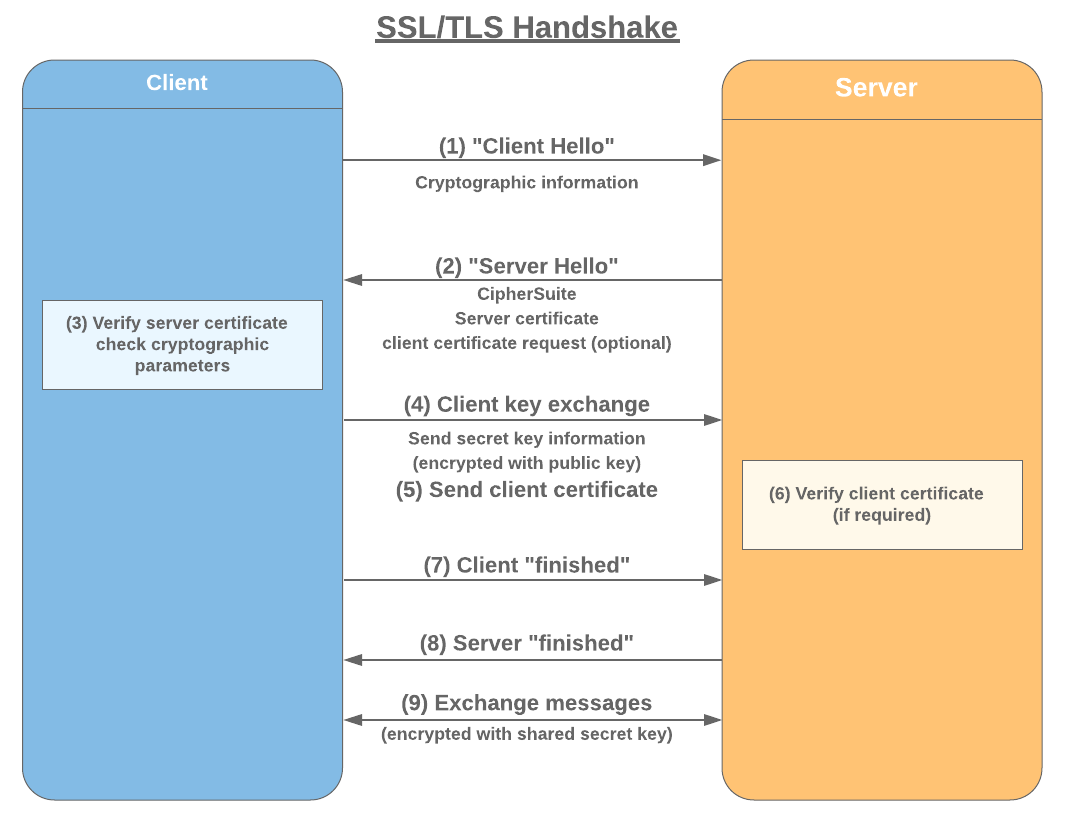
This article will provide a brief overview of the World Wide Web (WWWW). It is an information system that enables users to access documents and web resources over the Internet. Hypertext transfer protocol, web server, as well as Hypertext are all covered. You will be able to navigate the Internet if you have a basic knowledge of these terms.
Hypertext
Hypertext can be described as a semiotic literary and semiotic concept. It is derived from metatext. The concept of hypertext was first introduced by Vannevar Bush in his 1945 book, As We May Think. Douglas Engelbart's NLS was later developed, as well as Ted Nelson’s Project Xanadu. Both of these projects included the concept hypertext. Both of these projects are considered precursors for the World Wide Web Consortium. However the World Wide Web Consortium states that hypertext was only introduced in the mid-1990s.
Hypertext, which was originally used to describe linking of documents, is still a major component of World Wide Web. Hypertext may contain multimedia documents as well as speech and video. This is why Tim Berners-Lee has referred to the World Wide Web as "hypermedia."

Hypermedia
Hypermedia includes all information, text, graphics, music, and computer programs. This diversity creates a different type of literacy than traditional books, magazines, and films. In addition to being more diverse, hypermedia is also more interactive, enabling people to interact with various sources of information. Hypermedia has many other uses. It can be used to help the visually impaired and empower people with limited literacy.
Hypermedia is a method to link nonlinearly dispersed data. It has the potential to replace traditional methods.
Hypertext transfer protocol
Hypertext Transfer Protocol, (HTTP), allows data to be transferred over the World Wide Web. HTTP allows web browsers to communicate with each other. URLs starting with "http ://"." are used to identify web pages. This protocol is what makes up the foundation of the World Wide Web.
It is an application-level protocol that can be used to distribute information systems and hypermedia. It's the backbone of data communication over the World Wide Web. This protocol is also known as hypertext, as it enables logical links between documents.

Web server
The World Wide Web (WWW) is a system of websites that use a web server to store and serve information to users. These websites are connected to one another using a network. A web server stores information in various formats such as text, audio, video, and tampilangambar.
A web server receives information (from a client, a computer), and processes it before returning it to the client (the client). It communicates with both clients and servers using specialized protocols. One of the most important communication protocols between clients and servers is HTTP. HTTP is used to transmit data between servers and clients, and HTTP is used to send and receive HTTP requests.
FAQ
How do you choose a domain name
Choosing a good domain name is essential. It is essential to have a unique domain name. People will not be able find you when they search your product.
Domain names should be short, easy to remember, relevant to your brand, and unique. It is ideal to have something that people can type into their browser.
Here are some tips for choosing a domain name:
* Use keywords relevant to your niche.
* Do not use (-), hyphens in your numbers and symbols.
* Don't use.net or.org domains.
* Do not use words you already know.
* Avoid generic terms, such as "domain" or web site.
* Make sure it is available.
Are you a technical person who wants to design and build a site?
No. It doesn't matter what HTML or CSS you know. There are many tutorials available online that can teach both HTML or CSS.
Do I have to use a template?
Yes! A lot of people use prebuilt templates or frameworks to create websites. These templates have all the code you need to display your information on your website.
Some of the most popular templates include:
WordPress - One of the most used CMSes
Joomla – Another popular open-source CMS
Drupal - an enterprise-level solution that large organizations use
Expression Engine - a proprietary CMS from Yahoo
Each platform has hundreds of templates, so it should not be hard to find the one that you like.
What kind of websites should I make?
The answer to this question depends on your goals. It may be best to sell online your products to build a company around your website. To make this happen, you'll need a reliable eCommerce website.
Blogs, portfolios, as well as forums are some other popular web types. Each type of website requires different skills. To set up a blog for instance, you'll need to learn about blogging platforms like Blogger and WordPress.
When you choose a platform, you will also need to figure out how to customize the look of your site. There are lots of free themes and templates available for each platform.
Once you have selected a platform you can add content to your website. Your pages can be filled with images, videos and text.
You can publish your website online once you have launched it. Visitors can access your website in their browsers once it is published.
Statistics
- The average website user will read about 20% of the text on any given page, so it's crucial to entice them with an appropriate vibe. (websitebuilderexpert.com)
- In fact, according to Color Matters, a signature color can boost brand recognition by 80%. There's a lot of psychology behind people's perception of color, so it's important to understand how it's used with your industry. (websitebuilderexpert.com)
- It's estimated that chatbots could reduce this by 30%. Gone are the days when chatbots were mere gimmicks – now, they're becoming ever more essential to customer-facing services. (websitebuilderexpert.com)
- Is your web design optimized for mobile? Over 50% of internet users browse websites using a mobile device. (wix.com)
- Studies show that 77% of satisfied customers will recommend your business or service to a friend after having a positive experience. (wix.com)
External Links
How To
How do I get started as a UI Designer?
There are two routes to becoming a UI Designer:
-
You can earn a degree in UI Design by going to school.
-
You can become a freelancer.
You will need to complete four years of college or university study if you plan to continue your education. This covers art, business, psychology, and computer science.
You can also enroll in classes at state universities or community colleges. Some schools offer no tuition, while some charge tuition.
You'll need to find work once you have graduated. If you are going to be working for yourself, you will need to build your client list. It is vital to build a network of professionals so they are aware that you exist.
You can also look for opportunities to intern at companies that specialize in developing web applications. Many companies hire interns to gain work experience before hiring full-time workers.
It will be easier to land more jobs once you have a portfolio of your work. Your portfolio should include work samples as well as details of the projects that you have worked on.
It is a good idea for potential employers to receive your portfolio via email.
Market yourself as a freelancer. Advertise your services on job boards such as Indeed, Guru, Guru, and Upwork.
Freelancers often receive assignments from recruiters who post openings online. These recruiters find qualified candidates for specific jobs.
These recruiters usually provide a briefing outlining the requirements of the job to the candidate.
While freelancers aren't required to sign contracts for a long time, they can still be paid. If you want to move ahead, it's best to negotiate an initial payment.
Designers prefer working directly with clients over working through agencies. Although this may sound great, many lack the necessary skills.
Agency workers are often well-versed in the industry they work in. They can also access specialized training and resources that will allow them to produce top-quality work.
Agency workers often receive higher hourly rates in addition to these benefits.
The downside to working with an agency is that you won't have direct contact with the employer.
You must be creative, self-motivated and flexible to succeed as a UI Designer.
Also, you must have excellent communication skills both verbally and in writing.
UI designers are responsible to design websites using user interfaces (UI) as well as visual elements.
They are also responsible for ensuring that the site meets the needs of its users.
This involves understanding what information visitors need and how the site should function.
To create wireframes, UI designers can use a variety of tools. They use wireframing to help them visualize the layout of a webpage before they start designing.
It is easy to create your own wireframes using the online templates.
Some designers focus solely on UI design, while others combine UI design with graphic design.
Photoshop is used by graphic designers to edit images.
Adobe InDesign is used to create layouts and pages.
Photographers capture images using digital cameras or DSLRs.
The photos are then uploaded to a photo editing software where text captions, filters and other effects can be added.
The photographer saves the image as a compatible file format for the website.
It is important to take into consideration all aspects of the design process when building a website.
This includes research as well planning, wireframing. prototyping. testing. coding. content creation. and publishing.
Research – Before starting any new project, it is important to conduct extensive research.
Planning – After you've done your research you'll be ready to develop a plan.
Wireframing is a preliminary sketch for a web page, or application.
Prototyping -- Prototypes allow you to make sure that your final product is exactly what you imagined.
Testing - Multiple rounds of testing should be done on the prototype to make sure it works properly.
Coding: Coding is the process of writing code for computers.
Content Creation: Content creation can include everything from copywriting to managing social media profiles.
Publishing involves uploading files on a server to ensure that the site is accessible.
As a freelance UX/UI designer, you will need to learn about different projects.
For example, some companies only require wire frames, whereas others require full prototypes.
You might be required to do certain tasks, depending on what type of project it is.
For example, if you're hired to create wireframes, you might be expected to create several wireframes over time.
If you're asked to develop a site prototype, it may be necessary to make it fully functional.
It doesn't matter what kind of project it is, strong interpersonal skills are essential.
Referrals are what most clients use to hire freelancers. Therefore, it is important that you establish strong relationships with potential employers.
Furthermore, you should be able and able to communicate both verbally AND in writing.
A portfolio is an essential part any freelancer's arsenal.
It showcases your work and demonstrates your ability to deliver high-quality results.
Online portfolios can help you do this.
It is a good idea to look for websites that are similar to yours to get you started.
You can then search these websites to find out which one offers its services.
Once you have identified the best practices you believe are most effective, you can start to implement them.
It's also helpful to include links to your portfolio within your resume.